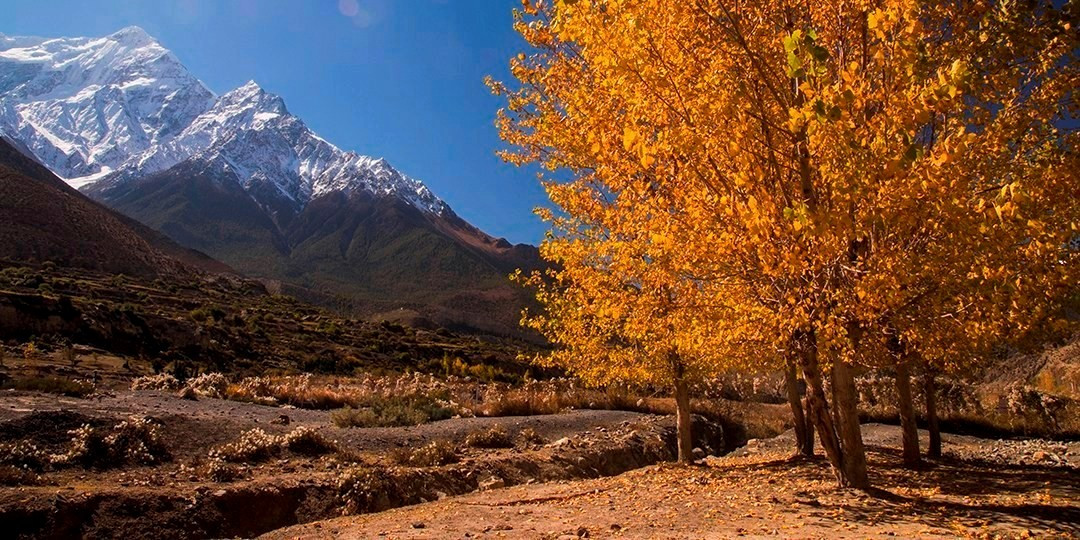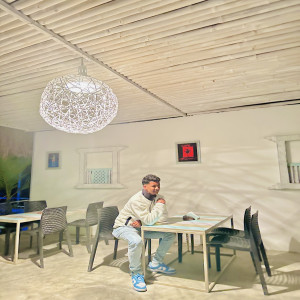Trekking in Renowned Trails
Autumn in Nepal is arguably the best season for trekking, offering ideal weather conditions, crystal-clear mountain views, and vibrant trail life. Here are the key details and attractions for trekking in renowned trails during this prime time:
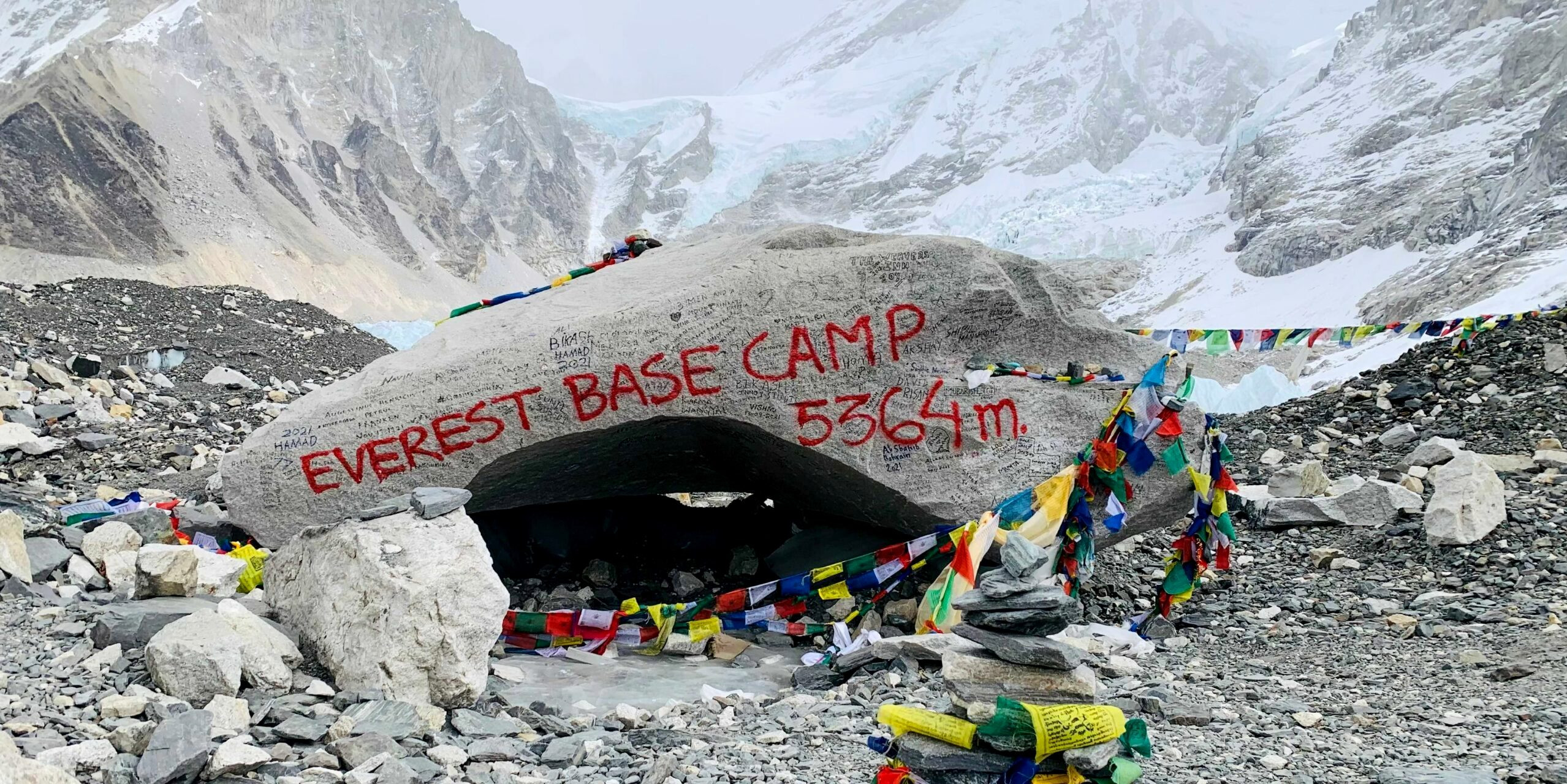
Everest Base Camp
-
Location: Khumbu region, Eastern Nepal.
-
Duration: Typically 12-14 days.
-
Highlights: This trek provides a close-up view of Mt. Everest, the world's highest peak. Trekkers pass through the legendary Sherpa village of Namche Bazaar and Tengboche Monastery, offering panoramic views of mighty peaks like Ama Dablam, Lhotse, and Everest itself. The trail in autumn is spectacular, adorned with blooming rhododendrons and clear skies.
Annapurna Circuit
-
Location: North-central Nepal.
-
Duration: About 12-21 days, depending on the chosen route.
-
Highlights: Known for its diverse landscapes and cultural experiences, this circuit traverses rainforests, alpine forests, and arid cliffs while circling the Annapurna massif. The trail crosses the Thorong La Pass, one of the highest and most challenging passes. The views of Machhapuchhre, Manaslu, and Dhaulagiri are particularly astounding in the crisp autumn air.
Langtang Valley
-
Location: North of Kathmandu, bordering Tibet.
-
Duration: 7-12 days.
-
Highlights: Often called "the valley of glaciers," this trek is less crowded than its Everest and Annapurna counterparts but no less beautiful. The trek passes through the Langtang National Park, offering opportunities to spot native wildlife like red pandas and Himalayan tahr. The mix of natural beauty and cultural exposure, especially interactions with the local Tamang people, enriches the experience.
Manaslu Circuit
-
Location: West-Central Nepal.
-
Duration: 14-16 days.
-
Highlights: This less trodden path circles the majestic Manaslu, the eighth highest mountain in the world. The trail offers a mix of authentic Hindu and Tibetan-style Buddhist villages, alongside dramatic views of Manaslu, Peak 29, and Himal Chuli.
Gokyo Lakes Trek
-
Location: Solukhumbu District, Northeastern Nepal.
-
Duration: 12-15 days.
-
Highlights: An alternative to the traditional Everest Base Camp trek, this route offers a quieter path with equally stunning views and the added allure of the serene Gokyo Lakes. The Gokyo Ri ascent is a trekker’s dream, providing one of the best viewpoints to see Everest and surrounding peaks.
Why Trek in Autumn
Autumn offers several advantages for trekkers in Nepal:
-
Stable Weather: Post-monsoon, the skies clear up, and there’s less likelihood of rain, making for safer and more enjoyable hiking conditions.
-
Best Visibility: The clear skies provide the best mountain vistas, crucial for high-altitude trekking.
-
Cultural Insight: With several festivals occurring in autumn, trekkers can experience local traditions and hospitality firsthand.
Each of these treks provides a unique journey through Nepal’s diverse landscapes and cultures, making autumn an ideal time for an unforgettable trekking adventure. Whether you are a seasoned hiker or a casual walker, the trails of Nepal offer something for everyone during this season.
Cultural Festivals
Autumn in Nepal is not only famed for its perfect trekking conditions but also as a time of vibrant cultural festivals that are deeply intertwined with the local customs and religious practices. The season hosts some of the most significant festivals in the Nepali calendar, providing visitors with a unique opportunity to experience the rich cultural fabric of this Himalayan nation.
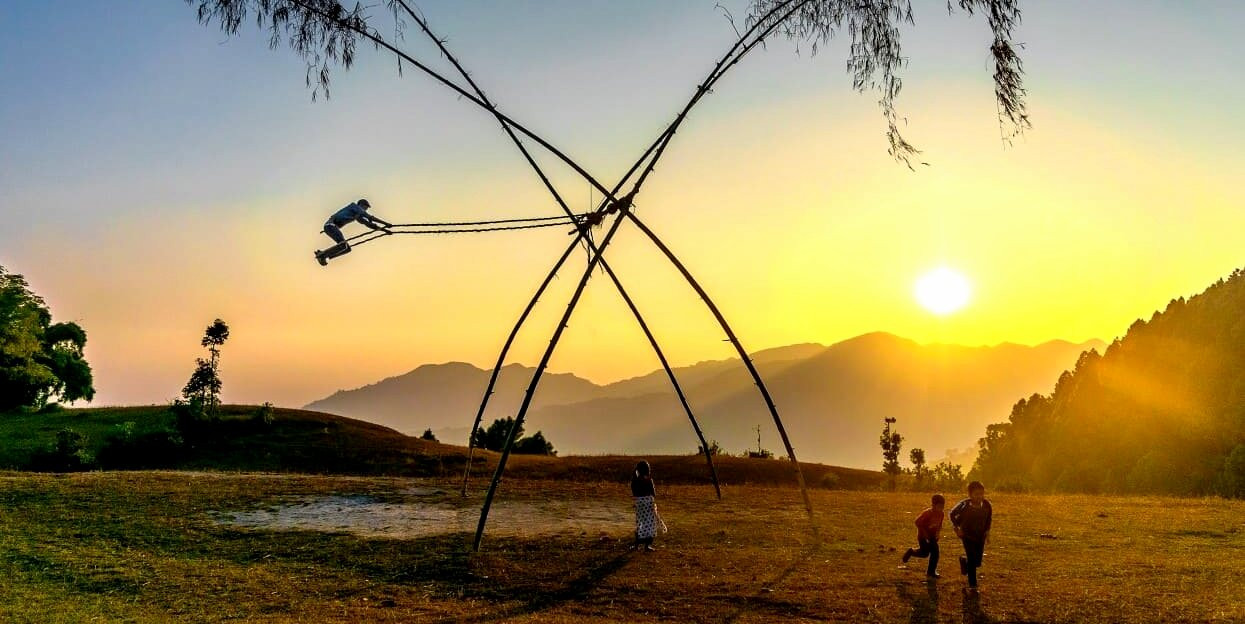
Dashain Festival
-
Duration: Late September to mid-October; lasts for 15 days.
-
Significance: Dashain is the longest and the most auspicious festival in the Nepalese annual calendar, celebrated by Nepalese of all castes and creeds throughout the country. The festival symbolizes the victory of good over evil. It commemorates the triumphs of the goddess Durga over the buffalo demon Mahishasura.
-
Highlights: During Dashain, homes and public buildings are adorned with decorations, and the skies are filled with kites. The festival is known for its emphasis on family reunions, as well as the blessing of younger members by elders who provide "tika" and blessings for prosperity. The swings, known as 'ping', are constructed as a part of tradition and are enjoyed by both children and adults.
Tihar Festival
-
Duration: Generally takes place in November, lasting for 5 days.
-
Significance: Often referred to as the Festival of Lights, Tihar is the second biggest Nepali festival after Dashain and is similar to Diwali celebrated in India. This festival honors various animals such as crows, dogs, and cows, and on the main day, Laxmi, the goddess of wealth.
-
Highlights: Homes and streets are decorated beautifully with lights, candles, and colorful rangolis, turning the entire city into a vibrant display of lights. Each day has its significance, and the celebration includes singing, dancing, and playing the deusi-bhailo songs and tunes.
Indra Jatra
-
Location: Kathmandu
-
Duration: Usually in September.
-
Significance: This is an eight-day festival dedicated to Indra, the king of heaven and the god of rain, and is celebrated with much enthusiasm in Kathmandu.
-
Highlights: The festival features the Kumari Jatra, the chariot procession of the living goddess Kumari. Masks and costumes are widely worn by participants, and traditional dances are performed in the streets. Large wooden poles, known as 'lingo', are erected in the main squares of the city.
Maghe Sankranti
-
Location: Throughout Nepal
-
Duration: Celebrated in mid-January.
-
Significance: Although occurring just after the typical autumn season, Maghe Sankranti is an important festival marking the winter solstice and involves community feasts and holy river baths.
-
Highlights: Families prepare special dishes like sesame seed balls and sweet potatoes, which have cultural and health significance during the colder months.
Mani Rimdu
-
Location: Tengboche Monastery in the Everest region.
-
Duration: Generally celebrated in November.
-
Significance: This Buddhist festival consists of nineteen days of meditation prayers, ceremonies, and masked dances performed by the monks, symbolizing the victory of Buddhism over the ancient 'bon' religion.
-
Highlights: The three-day public festival is filled with colorful dances and rituals. Tourists and trekkers in the region are welcomed to observe and even participate in the festivities.
Autumn is a particularly special time to visit Nepal not only to witness the natural beauty but to immerse in cultural festivities that offer insight into the nation’s traditions and communal spirit. Whether it's through joining the lively celebrations of Dashain and Tihar or witnessing the sacred rituals of Mani Rimdu, visitors gain a profound connection with Nepal’s heritage and its people.
Wildlife Safaris
Autumn in Nepal is an exceptional time for wildlife safaris, thanks to the temperate weather and thinner vegetation, which enhance the chances of spotting elusive wildlife. The country’s rich biodiversity is showcased in its array of national parks and conservation areas, where visitors can experience close encounters with a variety of fauna in their natural habitats. Here are the highlights of wildlife safaris in Nepal during the autumn season:
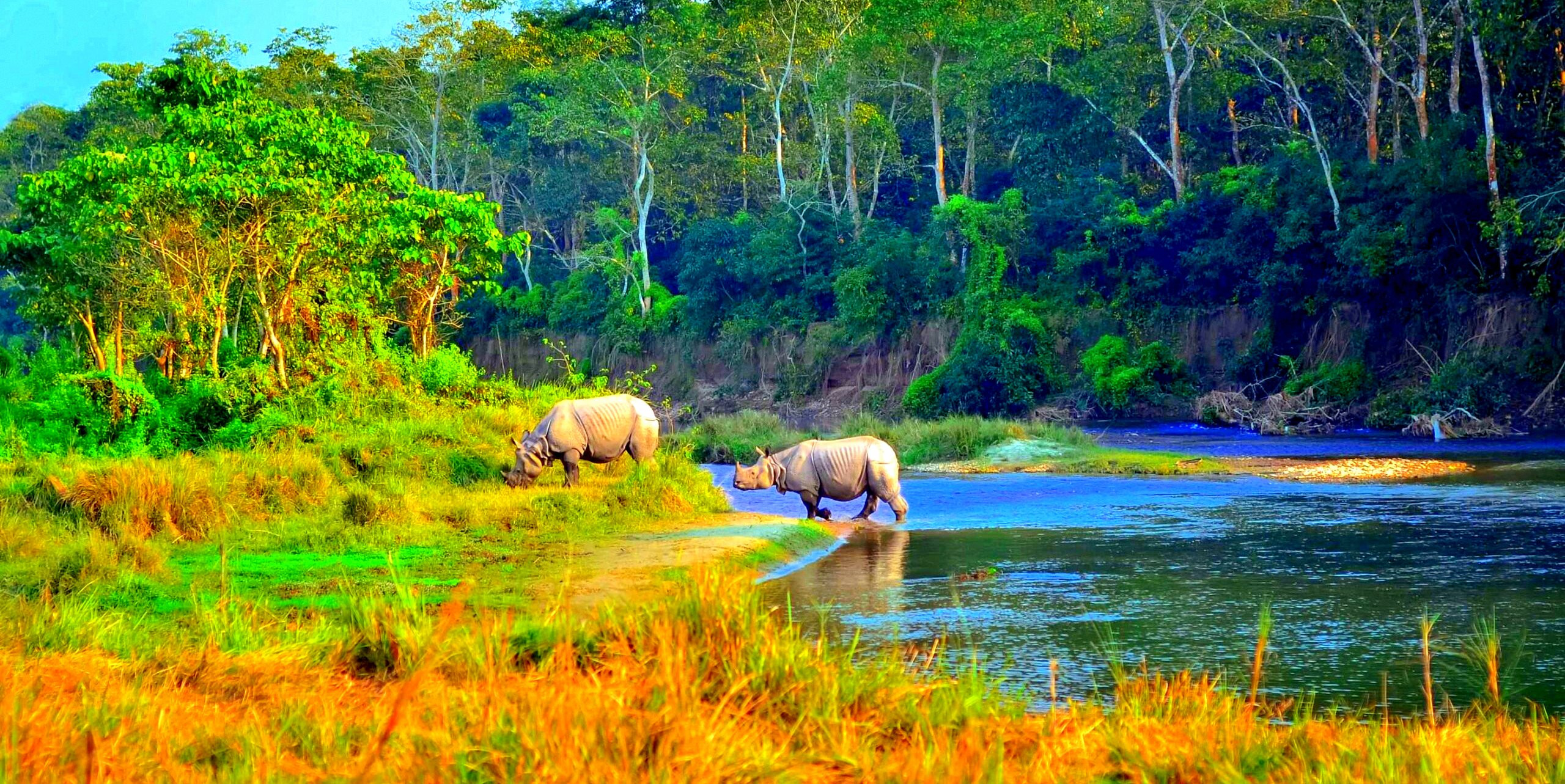
Chitwan National Park
-
Location: Southern Nepal, Terai region.
-
Best Time: Autumn, particularly from October to December.
-
Highlights: As Chitwan Safari best time, this UNESCO World Heritage site offers a high probability of spotting one-horned rhinoceroses and Bengal tigers. Other wildlife includes gharials (crocodile-like reptiles), elephants, and over 500 bird species. Safaris can be enjoyed on elephant back, by jeep, or even on foot for an exhilarating encounter with nature. The park’s diverse ecosystems, ranging from dense forests to marshy grasslands, provide the perfect backdrop for wildlife photography and observation.
Bardia National Park
-
Location: Western Nepal, remote and less traveled compared to Chitwan.
-
Best Time: October to November for optimal wildlife viewing.
-
Highlights: Known for its Bardia wildlife safari, this park offers a wilder and less commercialized experience. It’s an excellent spot for sighting the Royal Bengal Tiger, with increased visibility due to the sparser foliage. The park also hosts wild elephants, leopards, and the endangered Gangetic dolphin in the Karnali River. Visitors can explore the area through jeep safaris, guided jungle walks, or boat rides, offering varied perspectives of the lush, verdant landscape and its inhabitants.
Koshi Tappu Wildlife Reserve
-
Location: Eastern Nepal, along the floodplain of the Koshi River.
-
Best Time: Autumn, particularly noted for bird watching.
-
Highlights: Renowned primarily for its birdlife, Koshi Tappu is a haven for ornithologists and nature lovers, featuring over 450 species of birds, including many migratory species such as the rare Bengal florican. The reserve also supports a significant number of water buffalo. Wildlife tours here are often conducted on foot or via jeep safaris, with the addition of rafting trips on the Koshi River, which can provide unique vantage points for wildlife and scenic photography.
Parsa Wildlife Reserve
-
Location: Near Chitwan, extends into the Churia hills.
-
Best Time: Autumn for milder temperatures and good wildlife visibility.
-
Highlights: This reserve offers a more secluded environment to see a variety of animals, including tiger, leopard, sloth bear, and wild dog. Safari goers can embark on jeep tours through the sal forests and grasslands, enhancing their chances to observe these creatures in their natural settings.
Suklaphanta Wildlife Reserve
-
Location: Far-western Terai of Nepal.
-
Best Time: Autumn, when the weather is ideal for long explorations.
-
Highlights: Famous for its large herds of swamp deer, Suklaphanta also provides habitat for many other species like elephants, tigers, and rhinos. The reserve's extensive grasslands make it a perfect spot for jeep safaris and nature walks, offering wide, unobstructed views of the park's wildlife and scenic beauty.
Autumn wildlife safaris in Nepal not only cater to the desires of wildlife enthusiasts but also provide conservation education and a chance to see conservation efforts in action. These experiences are crucial for promoting eco-tourism and sustainability, encouraging a harmonious relationship between humans and nature. Whether it’s the excitement of a tiger sighting or the tranquil observation of exotic birds, Nepal’s wildlife reserves offer unforgettable autumn adventures.
Adventure Sports
Autumn in Nepal is a paradise for adventure enthusiasts, thanks to the stable weather and stunning natural backdrops. The season is ideal for a variety of thrilling outdoor activities, allowing adrenaline seekers to experience the landscapes in unique and exhilarating ways. Here’s a guide to the top adventure sports in Nepal during the autumn months:
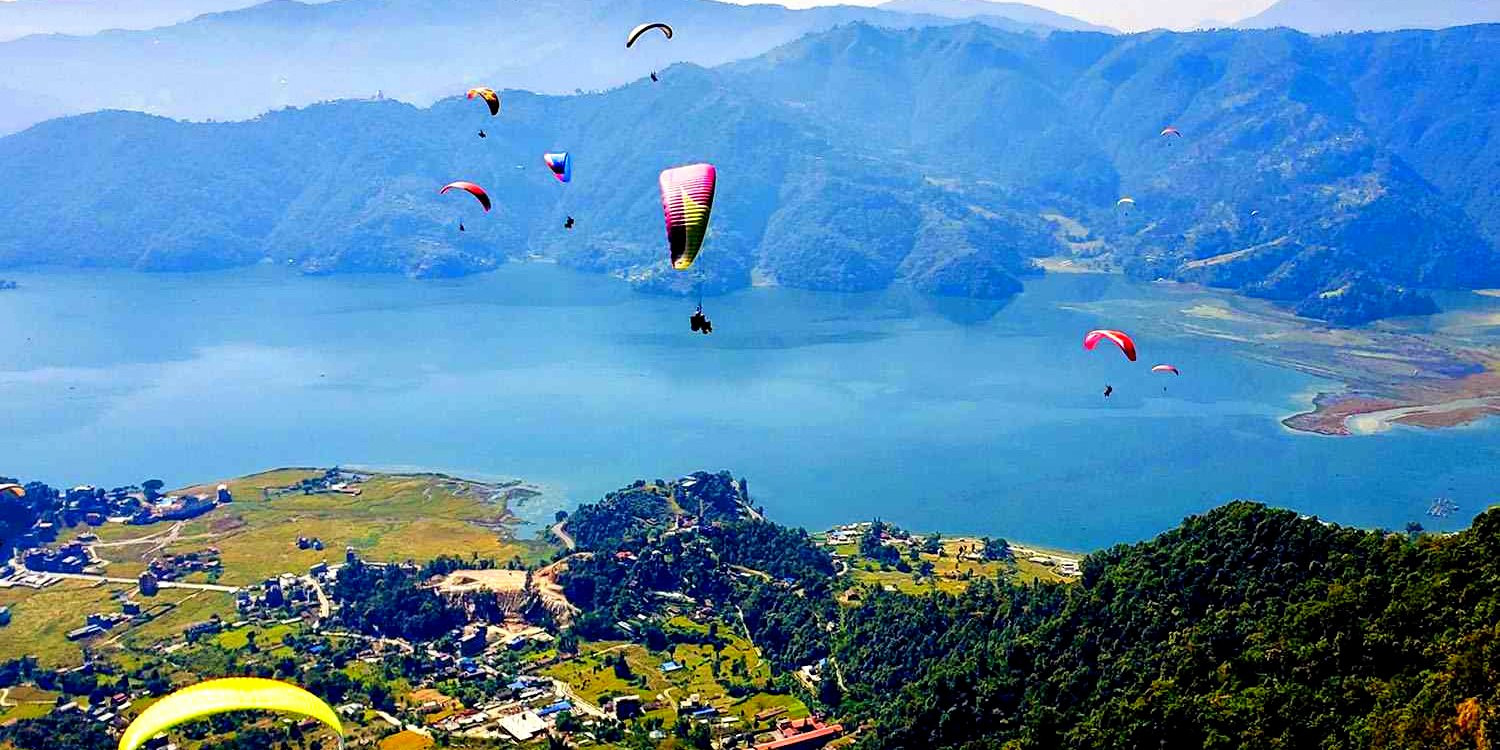
Paragliding in Pokhara
-
Location: Pokhara, overlooking the Phewa Lake and the Annapurna range.
-
Best Time: Autumn, particularly from September to November, when the skies are clear and thermals are favorable.
-
Highlights: Paragliding Pokhara autumn offers some of the most breathtaking aerial views of the Himalayas, coupled with the serene beauty of Phewa Lake below. Tandem flights are common, where you're strapped in with an experienced pilot, making this adventure accessible even to those without prior paragliding experience. The sensation of flying over mountain valleys with the autumn colors in full display is truly unmatched.
White-Water Rafting
-
Location: Trishuli River, among others like Bhote Koshi, Marshyangdi, and Sun Koshi.
-
Best Time: Autumn, when the water levels are stable yet thrilling for rafting.
-
Highlights: Trishuli river rafting is perfect for both beginners and experienced rafters, offering Class III to IV rapids. The river flows along the highway to Pokhara and Chitwan, making it easily accessible. Rafting trips can vary from a few hours to several days, incorporating camping along the riverbanks.
Bungee Jumping
-
Location: Near the Tibetan border, from a suspension bridge over the Bhote Koshi River.
-
Best Time: Throughout the year, but autumn provides clear and crisp weather conditions, enhancing the experience.
-
Highlights: The bungee jump over the Bhote Koshi River is one of the highest in the world. For those seeking an extreme thrill, bungee jumping Nepal offers a drop of about 160 meters into a rugged canyon. This location also offers tandem swings and canyoning adventures.
Zip-Flying
-
Location: Sarangkot, Pokhara.
-
Best Time: Autumn, for the best visibility and weather conditions.
-
Highlights: One of the world’s longest, steepest, and fastest zip-lines, the Pokhara zip-flyer starts from the hilltop of Sarangkot, flying over dense forests to land by the Phewa Lake. It’s a high-adrenaline activity offering incredible views of the Himalayan peaks at speeds up to 120 km/h.
Mountain Biking
-
Location: Various trails around Kathmandu Valley, Pokhara, and lower Mustang.
-
Best Time: Autumn, due to the dry and clear trails.
-
Highlights: Mountain biking in Nepal caters to a range of skill levels, from easy tracks around the Kathmandu Valley to challenging off-road trails in the Annapurna region. The landscapes change from urban settings to remote wilderness, providing both physical challenges and cultural interactions, particularly vibrant during the autumn season.
These adventure sports not only highlight the diverse and rugged terrain of Nepal but also offer participants a unique way to experience the country’s natural beauty. Whether soaring above it, rushing through its rivers, or cycling across its landscapes, each activity presents an exhilarating way to enjoy Nepal’s outdoors during the picturesque autumn season.
Cultural Tours in Kathmandu Valley
Autumn in Nepal, with its mild weather and clear skies, provides the perfect backdrop for exploring the rich cultural heritage of the Kathmandu Valley. This region, encircled by mountains and home to the capital city, is the historical heart of Nepal, offering a dense concentration of temples, palaces, and ancient cities. Here's a guide to the best cultural tours in Kathmandu Valley during the autumn season:
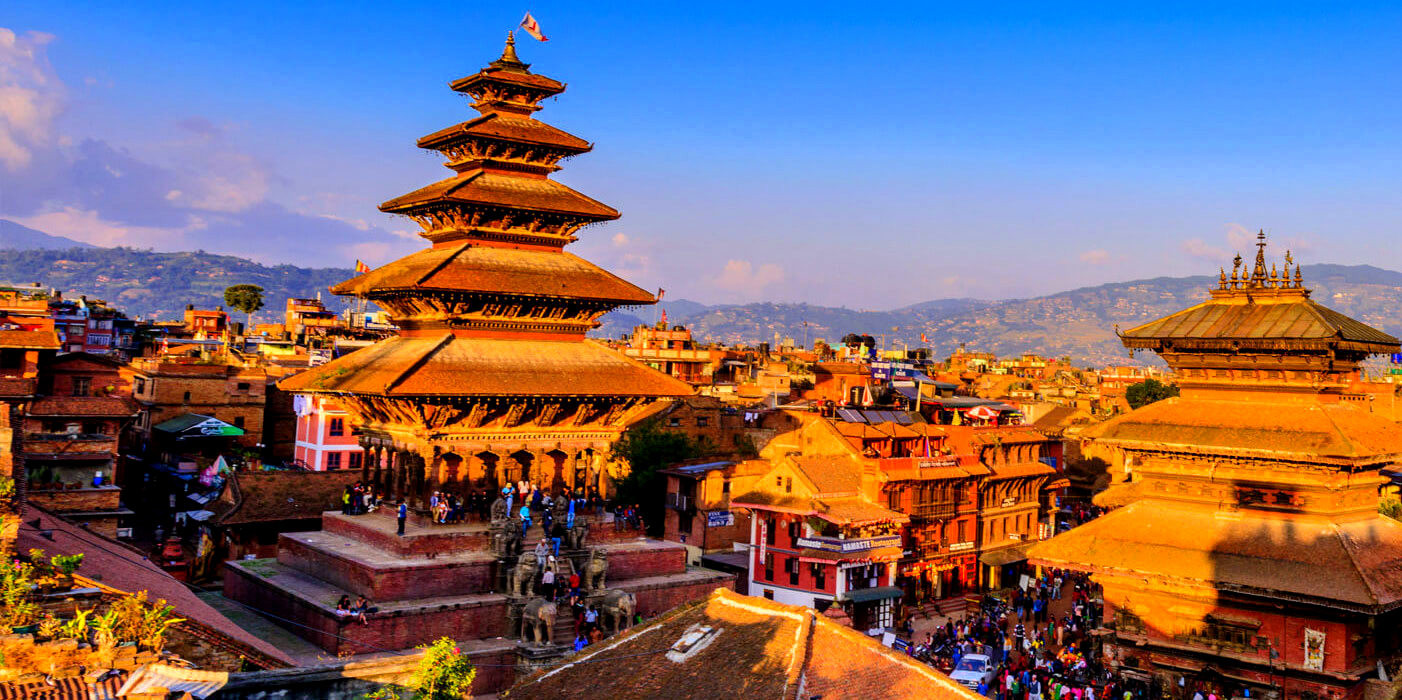
Kathmandu Durbar Square
-
Location: Central Kathmandu.
-
Highlights: Kathmandu Durbar Square is a UNESCO World Heritage Site that serves as a spectacular example of Nepalese architecture and the skills of Newar artists and craftsmen over several centuries. The square is surrounded by spectacular architecture and vividly showcases the skills of the Newar artists and craftsmen over several centuries. Key attractions include the Hanuman Dhoka Palace Complex, the Taleju Temple, and the house of the Living Goddess, Kumari.
Patan Durbar Square
-
Location: Patan, also known as Lalitpur.
-
Highlights: Another gem in the valley, Patan Durbar Square, is known for its intricately carved stone and bronze artwork as well as beautiful pagoda temples and palaces. It's less crowded than its Kathmandu counterpart, offering a more relaxed atmosphere to appreciate the art and architecture. The square is home to many historical sites including the Golden Temple and the Krishna Mandir.
Bhaktapur Durbar Square
-
Location: Bhaktapur.
-
Highlights: Bhaktapur has an authentic local feel, less touched by modernization than other cities in the valley. The city is famous for its pottery and woodcarving crafts. Key sites include the 55 Window Palace, Nyatapola Temple, and Bhairab Nath Temple. A Bhaktapur autumn visit provides a glimpse into traditional Nepalese life alongside spectacular medieval architecture.
Swayambhunath Stupa
-
Location: West of Kathmandu city center.
-
Highlights: Often referred to as the Monkey Temple due to the large number of monkeys living in the area, Swayambhunath is one of the oldest religious sites in Nepal. The stupa offers panoramic views of the city and is a significant symbol of peace. The site combines a mix of Hindu and Buddhist iconography, with pilgrims and tourists alike climbing the 365 steps to the top for spiritual merit and a stunning view of the valley.
Pashupatinath Temple
-
Location: On the banks of the Bagmati River.
-
Highlights: Pashupatinath is one of the most important Hindu temples of Lord Shiva in the world. During autumn, the temple area is lively with festivals and traditional music, providing a profound insight into Hindu rituals and practices. Visitors can observe ceremonies along the ghats (river steps) and interact with the Sadhus, Hindu holy men.
Boudhanath Stupa
-
Location: Northeast of Kathmandu.
-
Highlights: One of the largest stupas in the world, Boudhanath is a focal point of Tibetan Buddhism in Nepal. The area around the stupa is filled with monasteries and Tibetan shops, and is a great place to experience Tibetan culture and cuisine. The stupa's massive mandala makes it one of the largest spherical stupas in Nepal and the world.
These tours not only enrich visitors' understanding of Nepal’s diverse cultural landscapes but also provide a serene and educational retreat from the bustling city life. The mild climate of autumn enhances these experiences, making it the ideal time for Kathmandu Valley sightseeing. Whether exploring ancient squares, venerable temples, or vibrant streets, the Kathmandu Valley offers a profound journey through the history and spirituality of Nepal.
Tips for Top 5 Things to do in Autumn in Nepal
Exploring Nepal in autumn is an opportunity to enjoy its spectacular natural landscapes and vibrant cultural heritage at their best. Here are some combined tips to enhance your experience across the top activities available during this season:
-
Gear and Preparation: Pack appropriate clothing for cooler temperatures, sturdy hiking boots, and rain gear. Acclimatize gradually, especially on higher altitude treks like Everest Base Camp or Annapurna Circuit. Employing local guides can enhance your journey with their knowledge and also supports the local community.
-
Cultural Engagement: Take time to learn about the customs associated with festivals like Dashain and Tihar. Participate actively to gain a deeper understanding and connection with the local culture. Plan your travels considering potential festival-related disruptions in transportation.
-
Best Practices for Safari: Early morning or late afternoon trips increase your chances of wildlife sightings. Be patient and silent to not scare the animals away. Always maintain a respectful distance to ensure the safety of both the wildlife and yourself.
-
Safety and Preparedness: Check the weather beforehand, especially for activities like paragliding and bungee jumping. Ensure that the adventure sports providers adhere to safety standards. Verify that your insurance covers specific adventure activities.
-
Respect and Exploration: Dress conservatively when visiting religious sites. Engage a knowledgeable local guide to enrich your understanding of the historical and cultural contexts of the sites like Kathmandu Durbar Square, Swayambhunath, or the cities of Patan and Bhaktapur. Allocate ample time to truly appreciate the architecture and artistry at each location.
By adhering to these guidelines, you'll be able to fully immerse yourself in the diverse experiences that Nepal has to offer during the autumn season, from adventurous explorations in the high mountains to deep cultural interactions in the bustling cities and quiet towns.
Autumn in Nepal is a prime time to explore the breathtaking landscapes and vibrant culture of this Himalayan nation. From trekking world-renowned trails like Everest and Annapurna to participating in the colorful festivities of Dashain and Tihar, and exploring the historical depths of Kathmandu Valley, the season offers a diverse palette of activities. Whether it’s the thrill of adventure sports or the tranquility of a wildlife safari, each experience not only enriches your travel but also supports sustainable tourism and local communities. With its clear skies and mild weather, autumn in Nepal promises an unforgettable journey filled with cultural immersion and natural beauty.
FAQs for Top 5 Things to do in Autumn in Nepal
Q1: What is the best time to trek in Nepal during autumn?
A: The optimal period for trekking in Nepal during autumn is from late September to late November. This timeframe offers stable weather, clear skies, and the best mountain views.
Q2: Which festivals can I experience in Nepal during autumn?
A: Autumn hosts major celebrations like Dashain, typically in late September or early October, and Tihar, about a month later in November. These festivals offer rich cultural experiences.
Q3: Are wildlife safaris in Nepal good in autumn?
A: Yes, autumn is an excellent time for wildlife safaris, especially from October to November. The sparse vegetation during these months makes it easier to spot diverse wildlife in parks such as Chitwan and Bardia.
Q4: What adventure sports are recommended in Nepal during autumn?
A: Autumn is ideal for engaging in adventure sports such as paragliding in Pokhara, white-water rafting on the Trishuli River, and bungee jumping near the Tibetan border, thanks to the stable and clear weather.
Q5: What are some must-visit cultural sites in Kathmandu Valley during autumn?
A: Noteworthy cultural sites in Kathmandu Valley perfect for autumn visits include Kathmandu Durbar Square, Swayambhunath, Patan Durbar Square, Bhaktapur Durbar Square, and Boudhanath Stupa. The mild weather enhances the experience of exploring these historical landmarks.
Q6: What should I pack for an autumn trip to Nepal?
A: Pack layers to accommodate cool mornings and evenings, including warm clothing and a waterproof jacket. Essentials for treks should include sturdy hiking boots, while city tours require comfortable walking shoes. Also, include a first-aid kit, sunscreen, and a hat.
Q7: How do I respect local customs while participating in Nepalese festivals?
A: Respect local customs by dressing modestly, removing shoes before entering sacred spaces, and seeking permission before photographing people or religious events. Engaging respectfully with locals and showing genuine interest in their traditions will enhance your experience.
Q8: Is it safe to engage in adventure sports in Nepal?
A: Adventure sports in Nepal are safe when you choose reputable operators who adhere to international safety standards. Ensure that equipment is well-maintained and that guides and operators are properly licensed and experienced.
For the Nepal tour, please click here.
If you are looking for different kinds of Nepal Tours or Trekking Packages, feel free to contact us.
